From the initial spots that looked like mosquito bites, under Mr. TPV's skin appeared red, zigzag lines that moved under the skin.
In mid-July 2024, Mr. TPV (22 years old, Ho Chi Minh City) and a group of friends went to their hometown in the Central region to bathe in streams and slide down natural waterfalls on the mountains. While moving between areas, Mr. V. was bitten by mosquitoes and winged insects that looked like flies but had black and white stripes on his arms, legs, and back. The small wound was swollen like a mosquito bite, red, and slightly itchy.
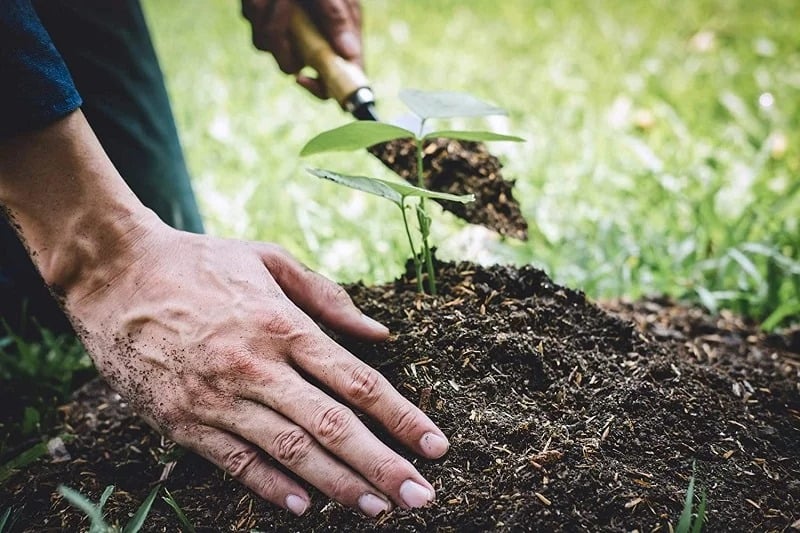 |
| Illustration photo. |
After two weeks, the lesions became more numerous, about 30-40 large and small spots, raised above the skin surface. In particular, some spots appeared as foreign objects like tangled threads in the skin, "crawling" further and further away from the original wound from 0.5 - 2cm in just one day. The longest "thread" was located on the inside of the right forearm, about 5cm long and about 2cm from the origin.
The elbows, waist and calves had many lesions of similar shape but smaller. The friends who traveled with Mr. V. had not seen a similar condition. Mr. V. went to the hospital for examination.
Doctors diagnosed Mr. V. with larval migration by characteristic lesions such as red, zigzag or wavy lines that grow longer in the skin every day.
Mr. V.'s body had about 10 spots with larvae. Because Mr. V.'s medical history and symptoms were quite clear, the diagnosis was mainly based on clinical symptoms and did not necessarily require additional paraclinical tests such as blood tests, ultrasound, and biopsy.
Doctor Vo Thi Tuong Duy, Dermatology - Cosmetic Dermatology specialist, Tam Anh General Hospital, Ho Chi Minh City, said that larva migrans (or larval dermatitis) is a disease caused by hookworm larvae infection from dogs, cats or buffalo, cows, and cattle (Ancylostoma braziliense, Ancylostoma caninum, Uncinaria stenocephala, Bunostomum phlebotomum).
The disease is distributed worldwide but is more common in warm, humid climates such as tropical and subtropical countries such as Southeast Asia, Africa, America, etc. Larvae can be found everywhere such as soil, sand, water, floors, carpets, etc. and enter the body through the skin and mucous membranes through open wounds.
The most common sites of hookworm infection are the hands, feet, legs, buttocks, and back. People whose occupations or hobbies expose them to warm, moist soil and sand (barefoot beachgoers and sunbathers, children, farmers, gardeners, pest control workers, plumbers, hunters, electricians, carpenters, etc.) are at high risk of infection.
Mr. V. was prescribed oral antiparasitic medication and anti-itch medication by Dr. Duy. After a follow-up visit 1 week later, the patient responded well to the treatment. The larvae were no longer active, there were no new lesions, the red spots turned to post-inflammatory hyperpigmentation (dark spots), the skin was no longer rough, and no longer itchy. The dark spots were expected to gradually fade and disappear completely after about 1-2 months.
According to Dr. Duy, the development cycle of dog and cat hookworms consists of 4 stages. Adult hookworms reproduce in the small intestine of dogs and cats. After fertilization, the female worm lays eggs, which are released into the environment through the dog and cat's feces. Under favorable conditions, about 1-2 days later, the eggs hatch and develop into rod-shaped larvae in the feces or soil.
After 5 days, through 2 molts, they become filamentous larvae. This is the stage when the larvae are able to penetrate and infect the body. Filamentous larvae can survive for 3-4 weeks under favorable environmental conditions.
Humans become infected through direct contact with soil, water or objects containing larvae that have an “entrance” to the skin, such as hair follicles, the corners of the feet, open wounds from insect bites, scratches or skin abrasions, or even intact skin.
The initial signs of the disease are itchy red papules at the site of larval invasion. After 2-6 days or a few weeks, the lesions may cause severe itching, with a red-brown rash, wavy, wavy, and slightly raised corresponding to the path of the larva's movement. In some cases, pustules, vesicles, and blisters may appear at the site of larval invasion or along the path of the larva's movement.
Hookworm larvae can migrate at a speed of a few millimeters to a few centimeters per day. As they migrate, they cause inflammatory reactions and infections along their path that can last for several weeks if left untreated.
“Each body will have different reactions, depending on the number of larvae and the infected location, the level of discomfort will vary from person to person,” said Dr. Duy.
Hookworm larvae cannot mature in humans. Humans are the unwitting hosts and a dead end, so the hookworm larvae die, and the disease is self-limiting in 4-8 weeks.
Treatment will help shorten the progression of the disease. After treatment, the skin lesions will gradually reduce inflammation, leaving many dark spots. These post-inflammatory hyperpigmentation lesions can persist for several weeks to several months afterwards.
The initial symptoms of hookworm infection are easily confused with hives, allergies caused by insect bites, scabies, fungus, etc. Therefore, Dr. Duy recommends that when there are unusual symptoms on the skin, you should go to a medical facility specializing in dermatology and skin aesthetics for an early examination.
To prevent disease, dogs and cats should be dewormed regularly, and they should not be allowed to defecate in public places or gardens. When exposed to dangerous areas such as soil, water, and sand, wear shoes, long-sleeved clothing, avoid open wounds, and bathe with soap afterwards.
Source: https://baodautu.vn/nhiem-au-trung-khi-di-du-lich-chuyen-gia-canh-bao-dieu-gi-d222642.html


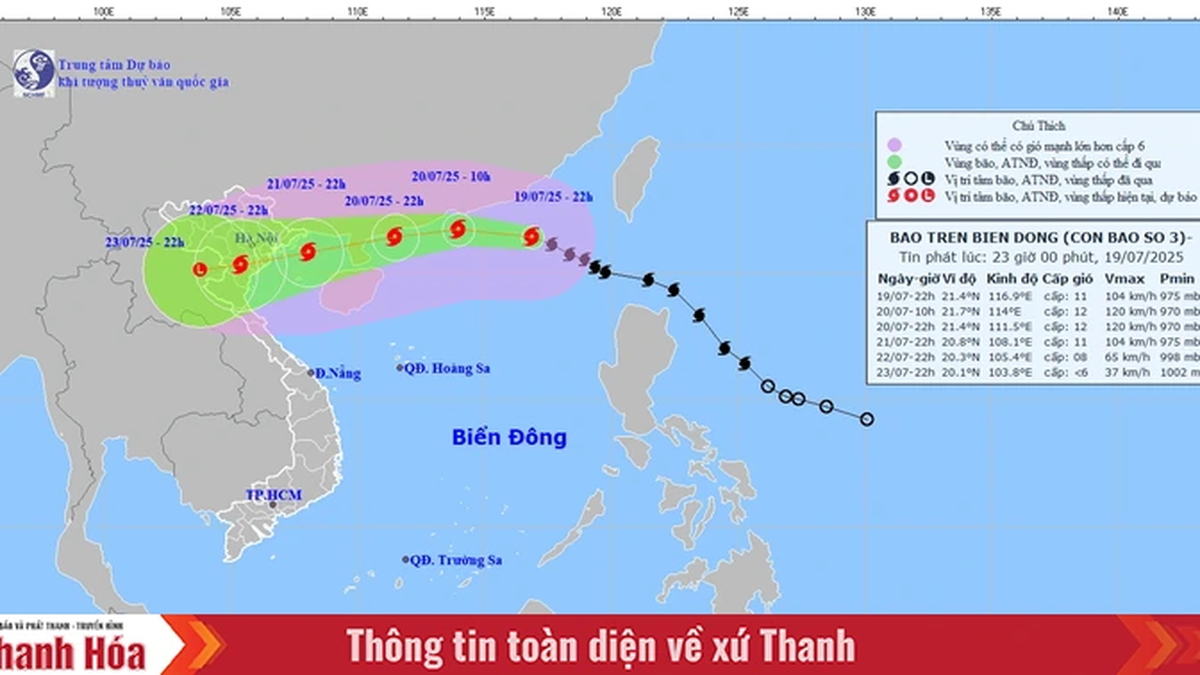







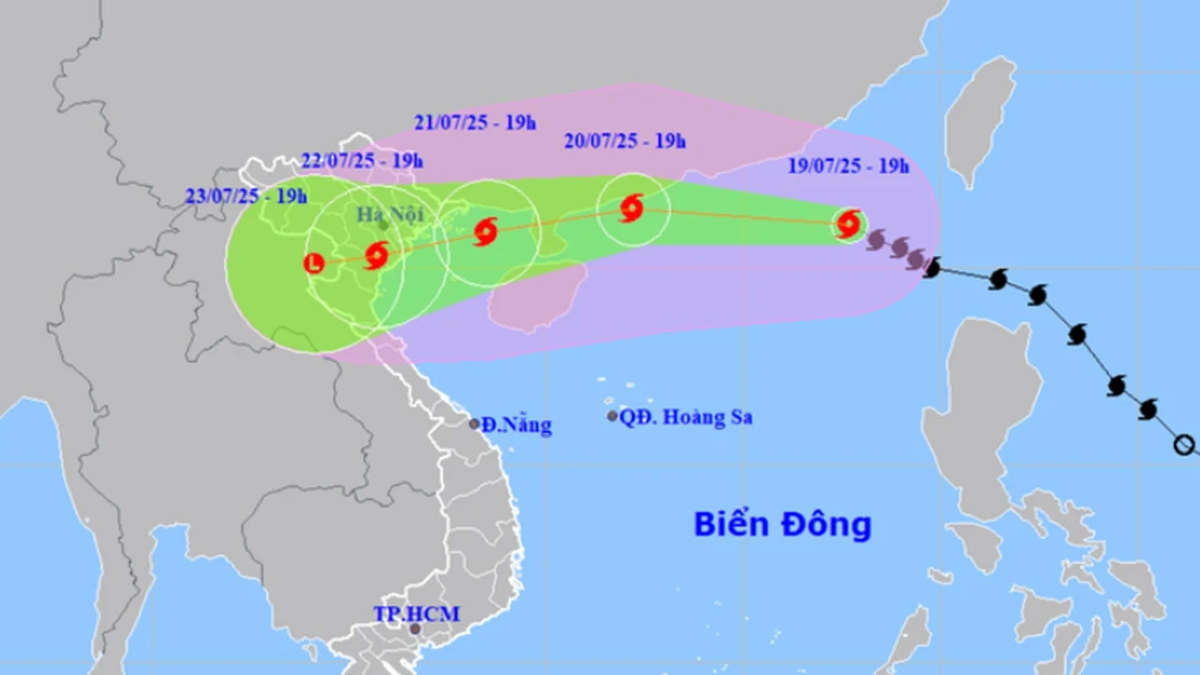
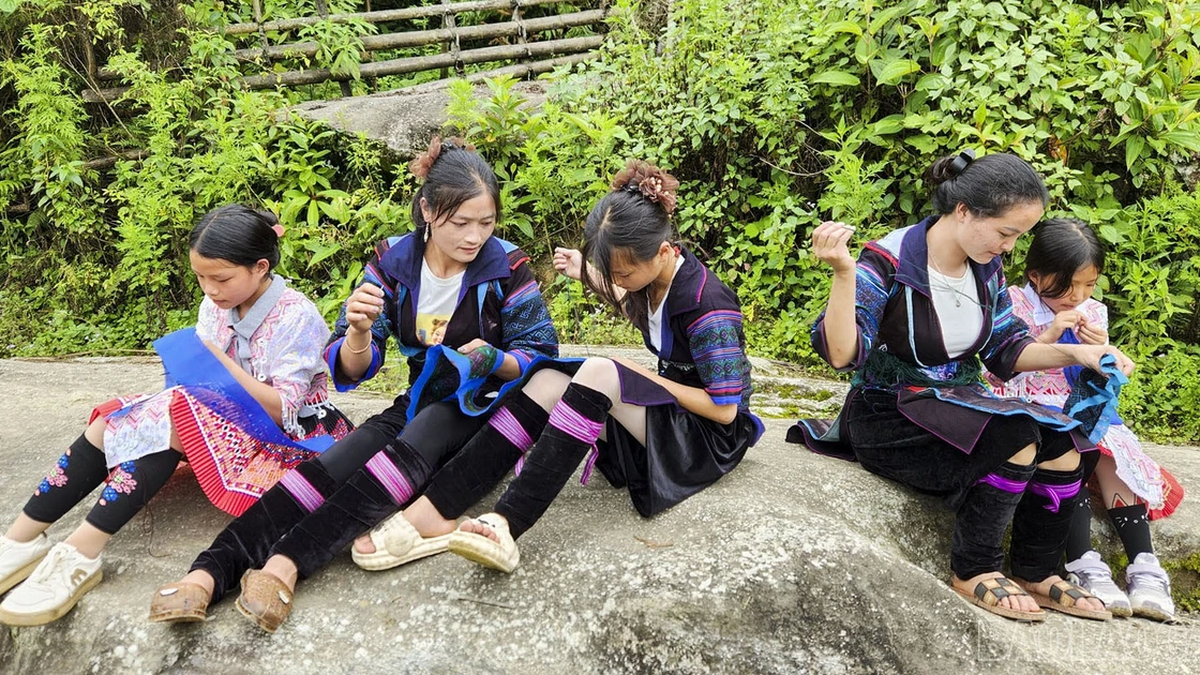




























































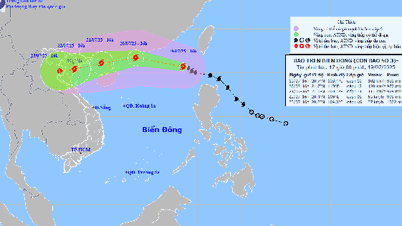

























Comment (0)